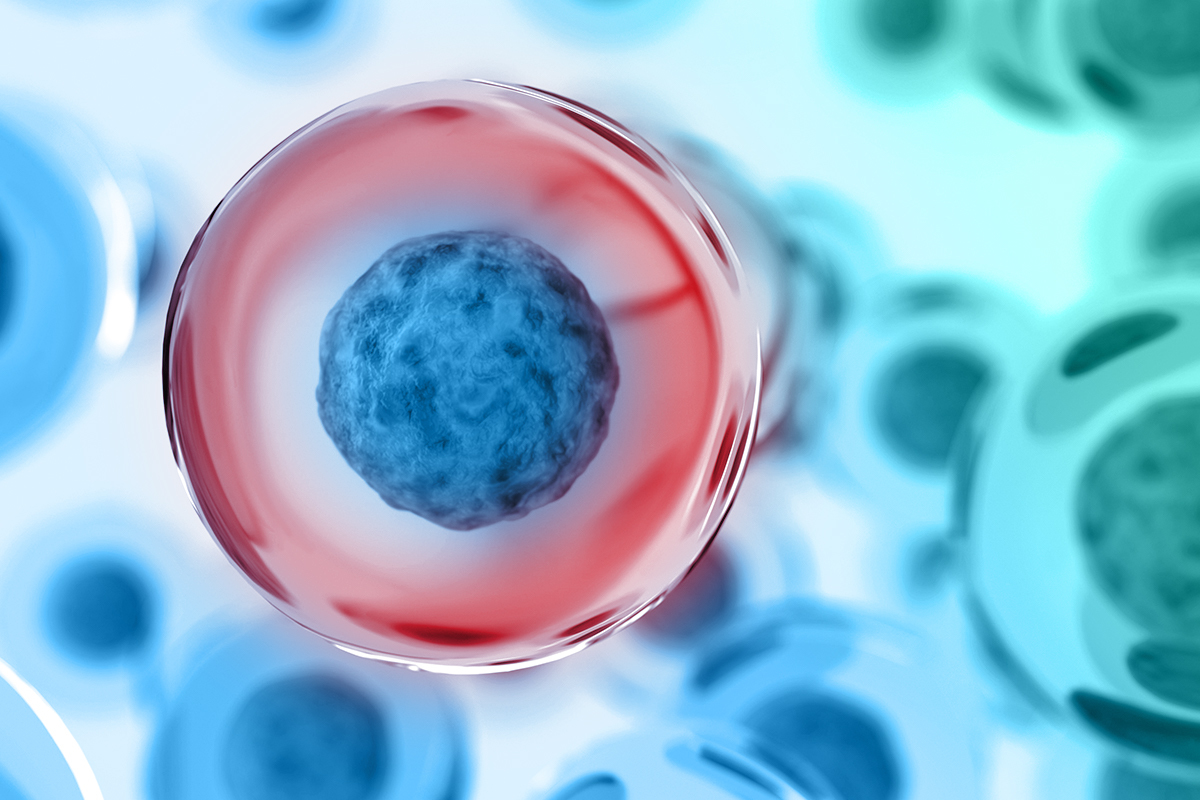Hussein and Pulambo, August 2007
Introduction
Previous results have show AAGP® to be affective in preventing cell death in a variety of cell lines in the face of serum withdrawal, cryopreservation and normal conditions. However, the ability of AAGP® to protect adult fibroblasts against UVC and UVA induced cell death, in particular, insinuates that AAGPs protective properties may be anti-inflammatory. The aim of this investigation was to analyze the affect of AAGP® on inflammation (as measured by COX-2 induction) following addition of an inflammatory stimulus (1β) to Hela cell culture.
Method
Hela cells were grown to 70% confluence and stimulated with either 0.1, 0.5 or 1nm 1β for 8 hours, with or without AAGP® (8.6mM). After 8 hours RNA was extracted and reverse transcribed allowing PCR to be performed for both COX2 and GAPDH (loading control). Gel analysis was performed and band intensities were calculated using ImageJ. COX2 band intensities were normalized to GAPDH.
Results



